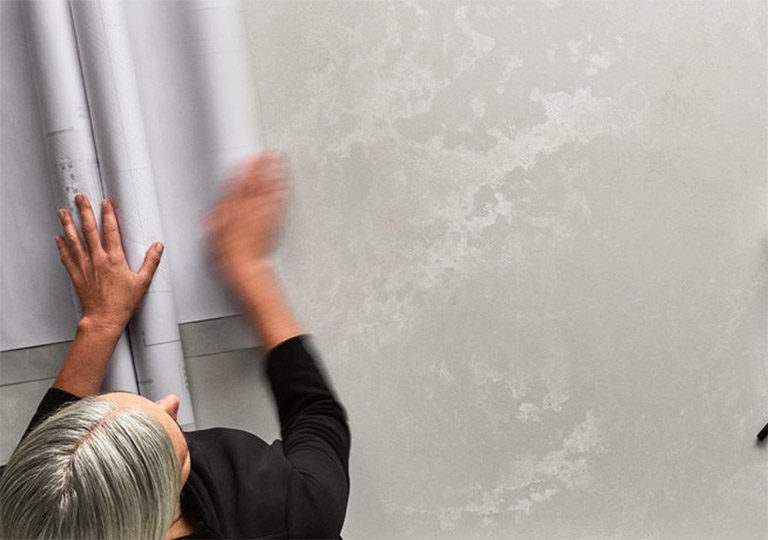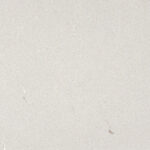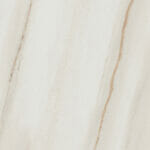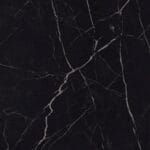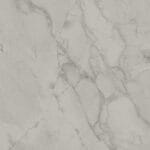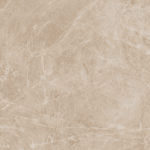Classic kitchen designs are incredibly flexible and simple. Timeless features, minor details, and neutral color palettes ensure a look that’s neither too ornate nor too impersonal and can still suit a wide variety of tastes, styles, and budgets. Whether you’re dressed for a black-tie dinner or you’re just wearing jeans and a t-shirt, a classic kitchen style matches well with everyday décor and extraordinary décor alike.
If you’re looking to create your own classic kitchen, be sure to include the following essential elements in your design layout and you’ll be sure your classic kitchen not only looks great, but works great too.
Each element will include an overview of the logic behind it, followed by a section with tips for implementation.
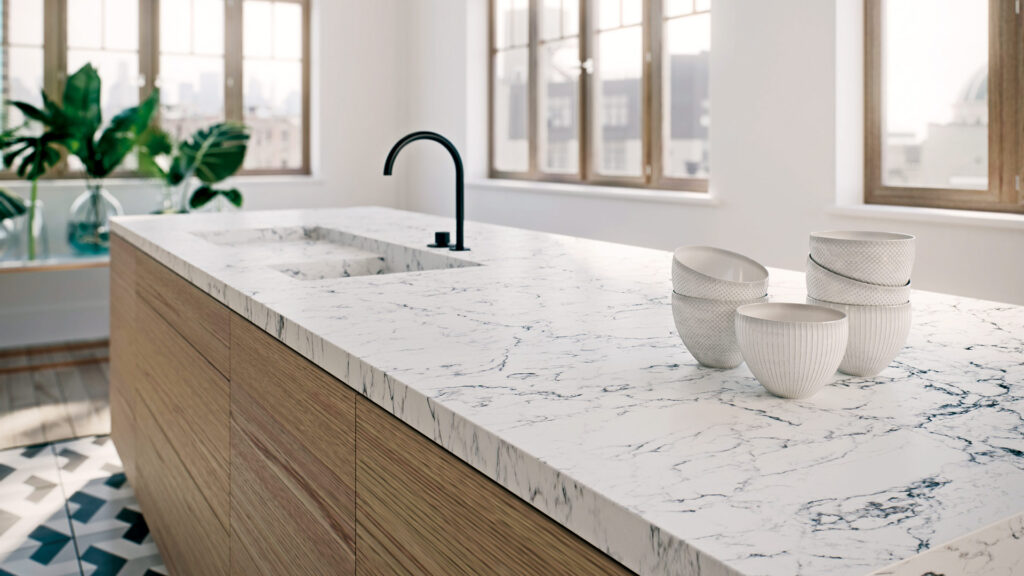
Classic Kitchen Cabinets
In addition to being functional, classic kitchen cabinets bring timeless appeal and warmth to the space. Classic kitchen cabinets don’t have to be ornate; a simple shaker-style cabinet door will do. If you want to get fancy, a small bit of bead molding around the inside panel can help bring a little more life to otherwise simple kitchen designs.
Colour is also a key part of designing classic kitchens, and cabinets play a major role in setting the room’s tone.
Implementation: Classic White Kitchen Cabinets
When crafting a modern classic kitchen, you can’t go wrong with white, especially with kitchen cabinets. In a classic white kitchen, they’ll blend right in. If you’re designing a darker kitchen (more on this shortly), you’ll need to incorporate classic white kitchen cabinets more intelligently — but, when done right, they can create stunning contrast.
Either way, classic white kitchen cabinets are always a good choice.
Elegant Detailing
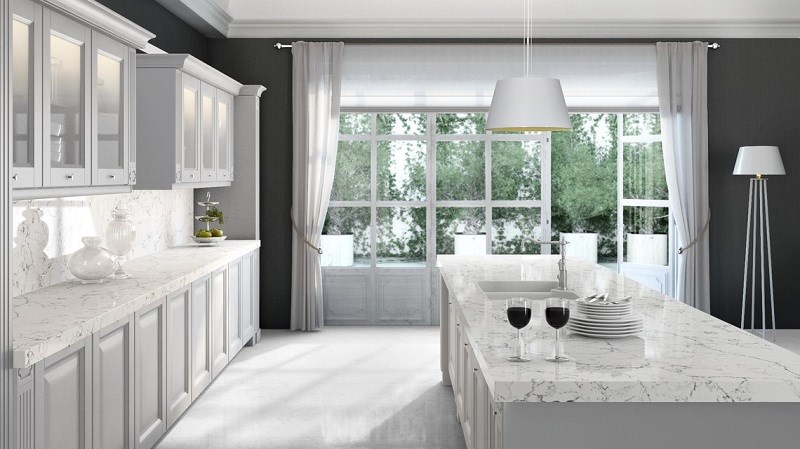
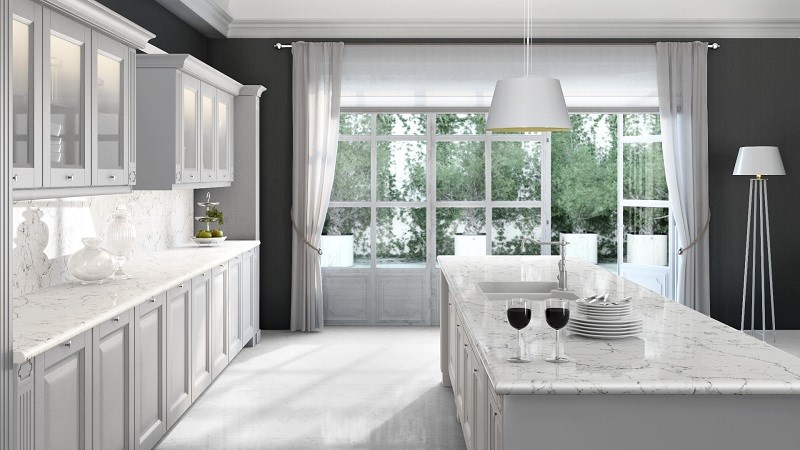
Observe how the rounded-edge countertops in the picture above create a completely different look and add variance compared to the straight edges of the picture preceding it.
Some people confuse classic with traditional. While kitchen elements that are ornate define traditional kitchens, it’s not a requirement for a classic kitchen design.
Classic kitchen design still encompasses some features of traditional style like crown molding, paneled walls and even legs on kitchen islands. However, when it comes to kitchen classics, these elements differ from the traditional variety due to their removal of the frills that tend to evoke a particular era.
Implementation: Living on the Edge
One key way in which you can incorporate elegant detailing in a classic style is by giving some thought to your quartz countertop edge profile. If the rest of your kitchen has taken on a boxy, straight-edge look (as classic kitchens tend to), you can add some variance by adding a full bullnose edge to your countertop. It creates an elegant yet simple look that’s key for a classic kitchen.
Keep it Light
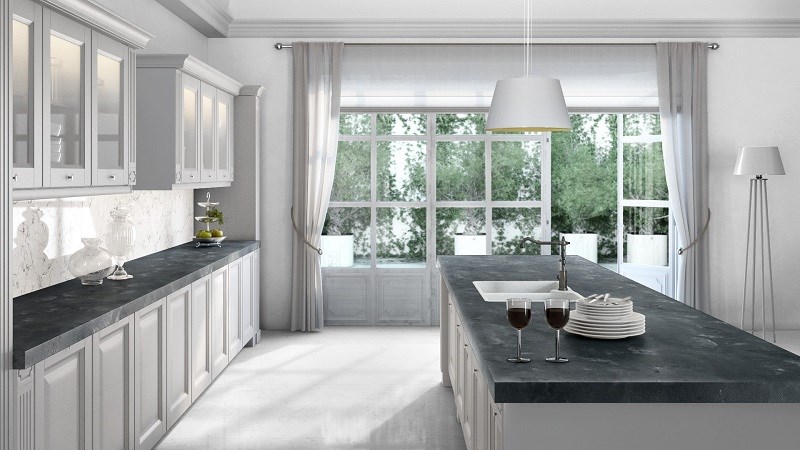
Observe how the kitchen above employs contrast with dark countertops while still maintaining an overall light appearance.
It’s hard to tame a dark kitchen into possessing a classic style and feel. Classic kitchens are designed to be timeless, simple and fresh, rather than dark, complicated, and traditional.
Sticking to a light colour scheme with occasional dark accents will make your life much easier when it comes to creating a modern classic kitchen design.
Implementation: Create Contrast
When it comes to classic kitchens and cabinets, you’ll likely want to stick to white. You can get more creative with other elements, however. Dark contrasts like black cast quartz countertops, stainless steel appliances and dark flooring can help offset the overpowering all-white kitchen.
Don’t be afraid to incorporate different lighter hues as well; creamy stone countertops or even white countertops with a grain can go a long way.
Simple Kitchen Designs: Mind the Decor and Appliances
The best kitchen designs incorporate matching decor. Elements like light fixtures, appliances, rugs, chairs, and decorative art pieces should enhance the space instead of clashing.
Implementation: Form Follows Function
Every era has designs that transcend it and become classics. Think the Porsche 911 or Rolex Submariner — two products that have remained largely unchanged for decades.
What’s the key to success for designs like these? What you see is what you need — and nothing more. They take the phrase ‘form follows function’ to a whole new level.
When choosing decor (and especially appliances) for a classic kitchen, resist the temptation to include pieces that deviate from this proven practice.
With simple kitchen designs, the appearance of each appliance or decorative item should clearly communicate its purpose. Elements like touch screens in fridges are difficult to incorporate into classic kitchen designs because they add complication.
This doesn’t necessarily mean you should only use vintage items. A good, modern classic kitchen will blend timeless design with materials and techniques that people of eras long gone couldn’t even dream of.
After all, the aforementioned stalwarts of classic design did become more solidly built over time, despite their unchanging appearance.
The Bottom Line
By focusing on the intention and thought behind kitchen classics, we’ve hopefully given you the tools to identify classic kitchen elements that will suit your style.
To reiterate, the best kitchen designs in a classic style will avoid unnecessary complexity. While elements that are ornate define traditional design, classics are elegant in their simplicity.
Keep things light and uncluttered, and your classic kitchen design is sure to be a success.
Frequently Asked Questions
What is the best software for kitchen design?
The Caesarstone kitchen visualizer is great for planning a classic kitchen. In fact, we have a visualizer designed specifically for planning classic kitchens. You can modify everything from the walls to the cabinets, countertops, and flooring at the touch of a button.
How much does it cost to get a kitchen design?
A professional kitchen designer will typically charge between 8 and 10 percent of the total project’s cost. In some cases, however, they may simply charge an hourly fee from $100 to $200.
How do you design a small kitchen?
With a small kitchen, you need to maximize space to its fullest potential. In place of solid cabinet doors, you can use glass to create a more open look. Sticking to the ‘keep it light’ rule mentioned previously will also help you greatly here, as lighter rooms tend to seem bigger.
